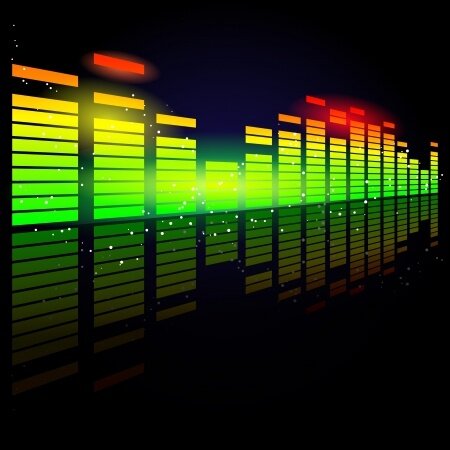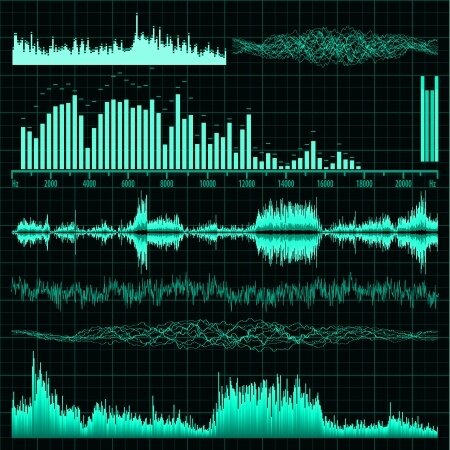Normalizing Audio For Your Recordings
 Great sounding music does not have to solely come from live performances. Recording studios have the capability to make music sound from a player just the same as if you were sitting right in front of the band. You want your sound to be absolutely perfect so that listeners get a unique and personal experience with the music. One of the most important aspects that makes recorded music flawless is the volume.The process is referred to as normalizing audio. The term references being able to adjust the sound's overall volume to reach a particular target, which makes the music sound its best.Adjusting sound quality is done in either of two ways: getting the maximum volume or by matching volumes. Maximizing volume is done when an audio file is too soft and matching volumes is when a group of files with differing volumes are matched for the best sound.To properly adjust an audio file's volume, you have to have an accurate measurement of the volume. (Information provided by learndigitalaudio.com).
Great sounding music does not have to solely come from live performances. Recording studios have the capability to make music sound from a player just the same as if you were sitting right in front of the band. You want your sound to be absolutely perfect so that listeners get a unique and personal experience with the music. One of the most important aspects that makes recorded music flawless is the volume.The process is referred to as normalizing audio. The term references being able to adjust the sound's overall volume to reach a particular target, which makes the music sound its best.Adjusting sound quality is done in either of two ways: getting the maximum volume or by matching volumes. Maximizing volume is done when an audio file is too soft and matching volumes is when a group of files with differing volumes are matched for the best sound.To properly adjust an audio file's volume, you have to have an accurate measurement of the volume. (Information provided by learndigitalaudio.com).
PEAK volume detection:
If you want to make the audio file as loud as you can, measuring by this form is most suitable. PEAK volume detection measures how loud the peaks of the waveforms are.
RMS volume detection:
RMS takes an average of large peaks and soft sections and produces an overall loudness of a file.
EBU R-128 Volume Detection:
Similar to RMS, this measurement method most closely resembles the human hearing.When adjusting sound quality, you do have to be mindful that change in the sound is inevitable. Normalizing audio is a process, but it is a process that produces the best sound of an audio file. To consult a professional on what entails normalizing audio, contact Wavemaker Studio. [msh_feedburner]
